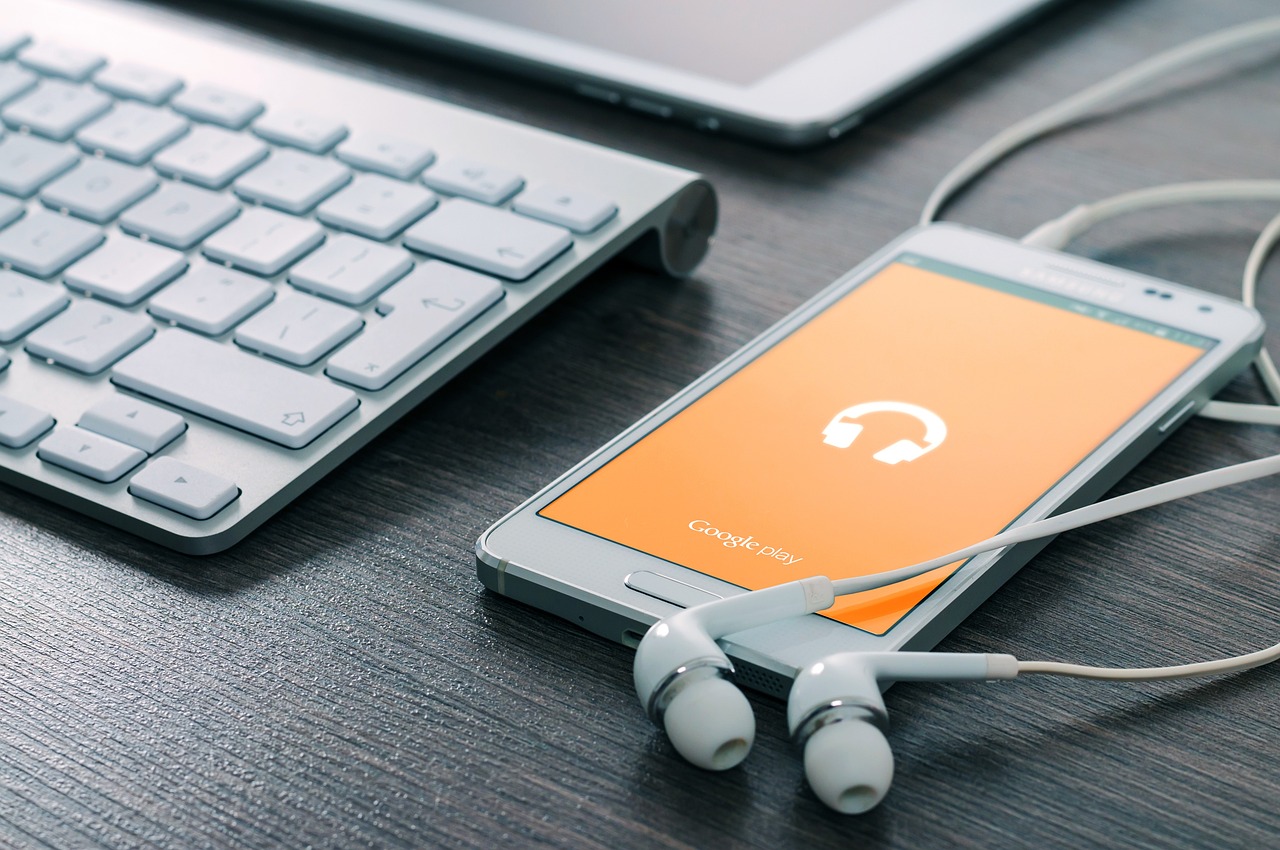When Did Musical.ly Change to TikTok?
If you’ve been on social media long enough, you probably remember Musical.ly — the lip-sync app that took the world by storm in the mid-2010s. But today, that app is better known by a different name: TikTok.
So when exactly did Musical.ly become TikTok? And how did this change shape the future of short-form video content?
Let’s rewind and break it all down.

📱 What Was Musical.ly?
Launched in 2014, Musical.ly was a social media platform that allowed users to create and share 15-second lip-sync videos. It quickly gained popularity with teens and Gen Z thanks to its catchy music, fun effects, and trending challenges.
Musical.ly helped launch the careers of many internet stars — like Baby Ariel, Loren Gray, and Jacob Sartorius — long before TikTok existed.
🔄 The Rebrand: When Did Musical.ly Become TikTok?
🎯 The short answer: August 2, 2018
On that date, the Musical.ly app was officially merged into TikTok, and all user accounts, content, and data were transferred over to the TikTok platform.
This wasn’t just a rebrand — it marked the beginning of TikTok’s global takeover.
🧠 Why Did the Change Happen?
The story goes a bit deeper than just a name change.
In November 2017, Chinese tech company ByteDance (the creators of TikTok) acquired Musical.ly for around $1 billion.
ByteDance already had its own version of TikTok (called Douyin) running in China.
The company decided to merge Musical.ly’s U.S. user base with its international platform (TikTok) to create one global short-form video app.
This strategic move gave TikTok instant access to millions of loyal users from Musical.ly, which helped fuel its rapid growth.
📈 What Happened After the Switch?
After the merger in 2018:
TikTok began to skyrocket in popularity across the globe.
The app expanded beyond lip-sync videos to include:
Comedy skits
Dance trends
Beauty, food, fashion, and DIY content
Viral challenges and original sounds
Today, TikTok has over 1 billion monthly active users and is one of the most downloaded apps in the world — all thanks to a smart evolution from its Musical.ly roots.
💭 Did Users Like the Change?
At first, the transition surprised some Musical.ly users. The new layout, features, and name felt unfamiliar. But the majority quickly adapted — and many now see TikTok as a major upgrade.
In hindsight, the shift to TikTok brought more:
Creative tools
Longer video limits
A more global community
Better discoverability through the algorithm
🕰 Timeline: From Musical.ly to TikTok
2014: Musical.ly launches
2017: ByteDance acquires Musical.ly
2018 (Aug 2): Musical.ly officially merges with TikTok
2020–Present: TikTok becomes a cultural powerhouse
Final Thoughts
So, when did Musical.ly change to TikTok? The official switch happened in August 2018, but its impact is still felt today. What started as a simple lip-sync app has grown into a global phenomenon, reshaping how we create and consume video content.
Whether you’re a longtime user or new to the platform, it’s wild to think how far TikTok has come — and it all started with Musical.ly.

Start Growing your Instagram followers
Faster with PopularUp
Over 500+ 5 Star Reviews. Grow Your Account Today With Our Organic Methods


